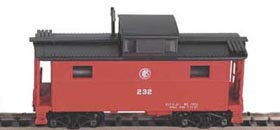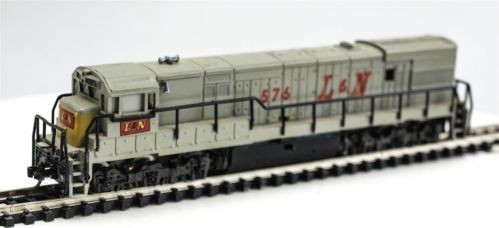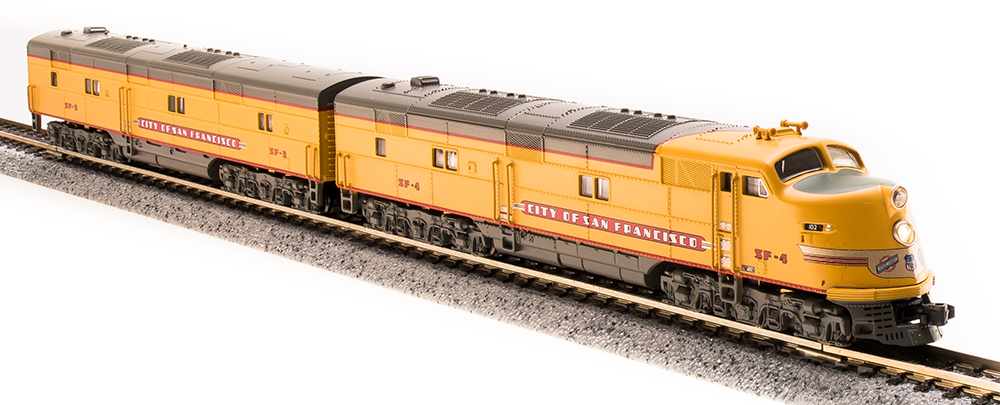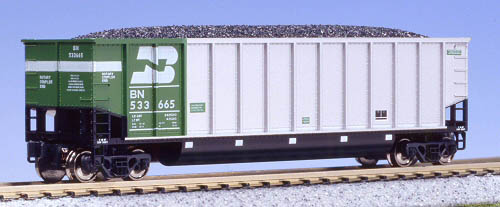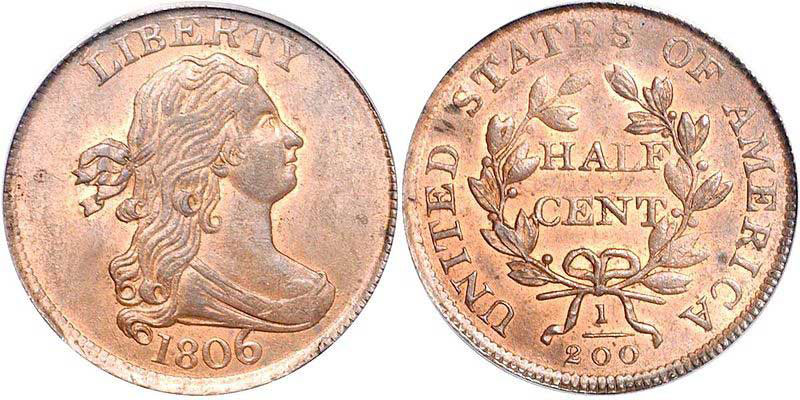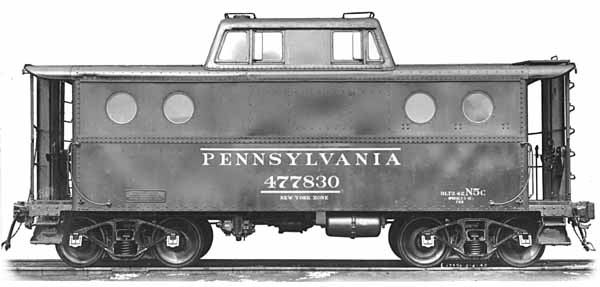Prototype History: The PRR had a long tradition of designing its own distinctive "Cabin Cars"... as "P" Company men referred to their cabooses... much the same way the railroad designed and built its own locomotives. Many Pennsy cabin cars were built at its sprawling shops in Altoona, PA, or nearby Hollidaysburg. The Pennsylvania's first mass-produced steel cabin car was the "N5", a type first built in 1914 (later models would be identified with a letter suffix). The basic structure of the N5 of 1914 remained essentially unchanged over the years until 1942.
PRR's most distinctive caboose design was the N5c. This style of cabin was similar to its N5 cousin, but it incorporated streamlined elements that had become popular during the Great Depression.
PRR's most distinctive caboose design was the N5c. This style of cabin was similar to its N5 cousin, but it incorporated streamlined elements that had become popular during the Great Depression.
Road Name History: 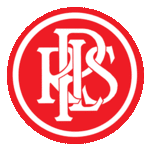 Pennsylvania-Reading Seashore Lines was launched in 1933 to combine the lines of the Pennsylvania and Reading from the Philadelphia-Camden area to the New Jersey coast at places like Atlantic City and Cape May. There were four parallel lines in this general direction and the traffic was mostly passenger and mostly seasonal. There was just too little business for Pennsy and Reading to fight over so the P-RSL would be a separate railroad jointly owned by PRR and RDG to rationalize the routes. At the time of the launch, P-RSL had 413 route miles, all in the state of New Jersey.
Pennsylvania-Reading Seashore Lines was launched in 1933 to combine the lines of the Pennsylvania and Reading from the Philadelphia-Camden area to the New Jersey coast at places like Atlantic City and Cape May. There were four parallel lines in this general direction and the traffic was mostly passenger and mostly seasonal. There was just too little business for Pennsy and Reading to fight over so the P-RSL would be a separate railroad jointly owned by PRR and RDG to rationalize the routes. At the time of the launch, P-RSL had 413 route miles, all in the state of New Jersey.
Two of the lines were electrified with 3rd rail and used electric MU cars to haul passengers. These cars also had trolley poles for a short segment in town where the close proximity of grade crossings made operation with 3rd rail impossible. The rest of the operations were behind steam. P-RSL had their own steam fleet that was augmented with power from its parents.

Two of the lines were electrified with 3rd rail and used electric MU cars to haul passengers. These cars also had trolley poles for a short segment in town where the close proximity of grade crossings made operation with 3rd rail impossible. The rest of the operations were behind steam. P-RSL had their own steam fleet that was augmented with power from its parents.
Brand/Importer Information: On May 1, 1961, Bowser was purchased by Lewis and Shirlee English and moved from Redlands, CA to their basement in Muncy, PA. The original Bowser Manufacturing Co first advertised in the model railroad magazines in November 1948. At that time, the company had only one (HO Scale) engine, the Mountain, which had a cast brass boiler that is no longer available. It was sometime later that Bowser (Redlands) developed the NYC K-11 and the UP Challenger. The molds were made by K. Wenzlaff who introduced himself at the MRIA Show in Pasadena, CA in 1985 These two locomotives are still current production.
Bowser entered into N Scale in 1998 with their acquisition of the Delaware Valley Car Company, a manufacturer of N scale freight cars.
Bowser entered into N Scale in 1998 with their acquisition of the Delaware Valley Car Company, a manufacturer of N scale freight cars.
Item created by: Lethe on 2015-10-02 10:12:40. Last edited by gdm on 2021-06-06 09:00:00
If you see errors or missing data in this entry, please feel free to log in and edit it. Anyone with a Gmail account can log in instantly.
If you see errors or missing data in this entry, please feel free to log in and edit it. Anyone with a Gmail account can log in instantly.


